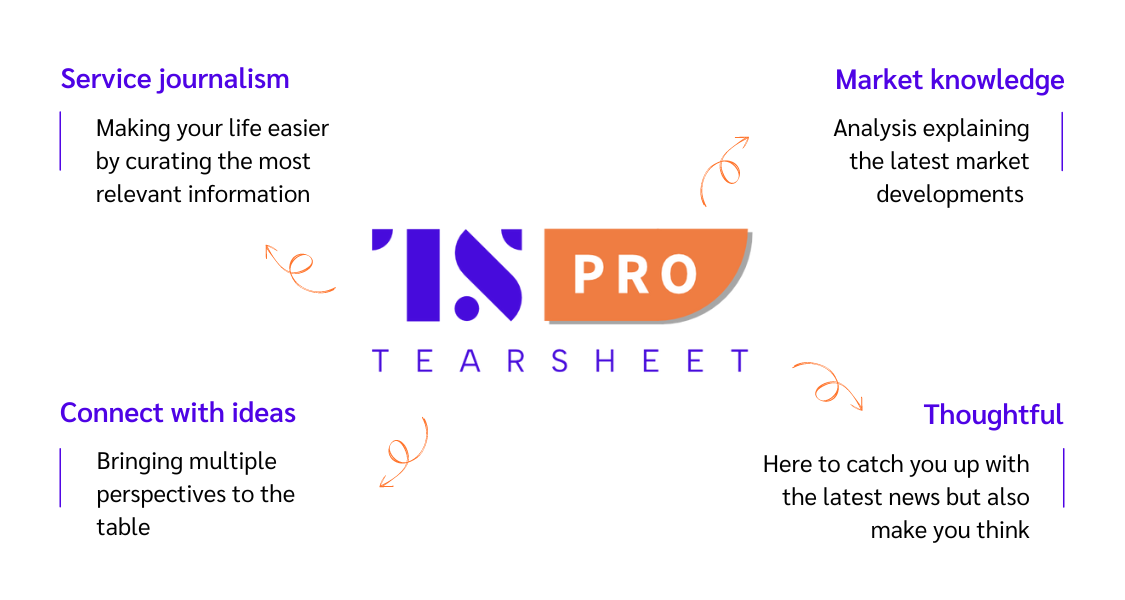Announcement, Member Exclusive
Welcome to the Tearsheet PRO Newsletter
- We're excited to introduce our new member-only newsletter, featuring fresh and exclusive content from Tearsheet Editors Zack Miller and Iulia Ciutina.
- Tearsheet PRO is designed to connect the dots, challenge conventional thinking, and keep your finger on the pulse of established and emerging trends. In your inbox every Wednesday.








